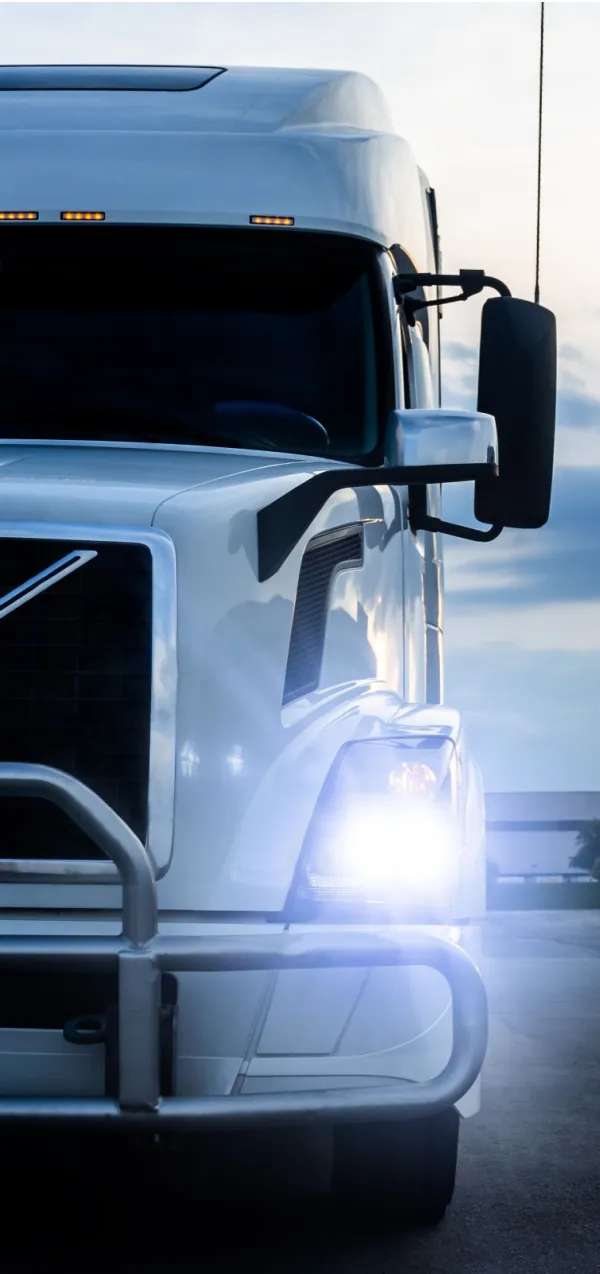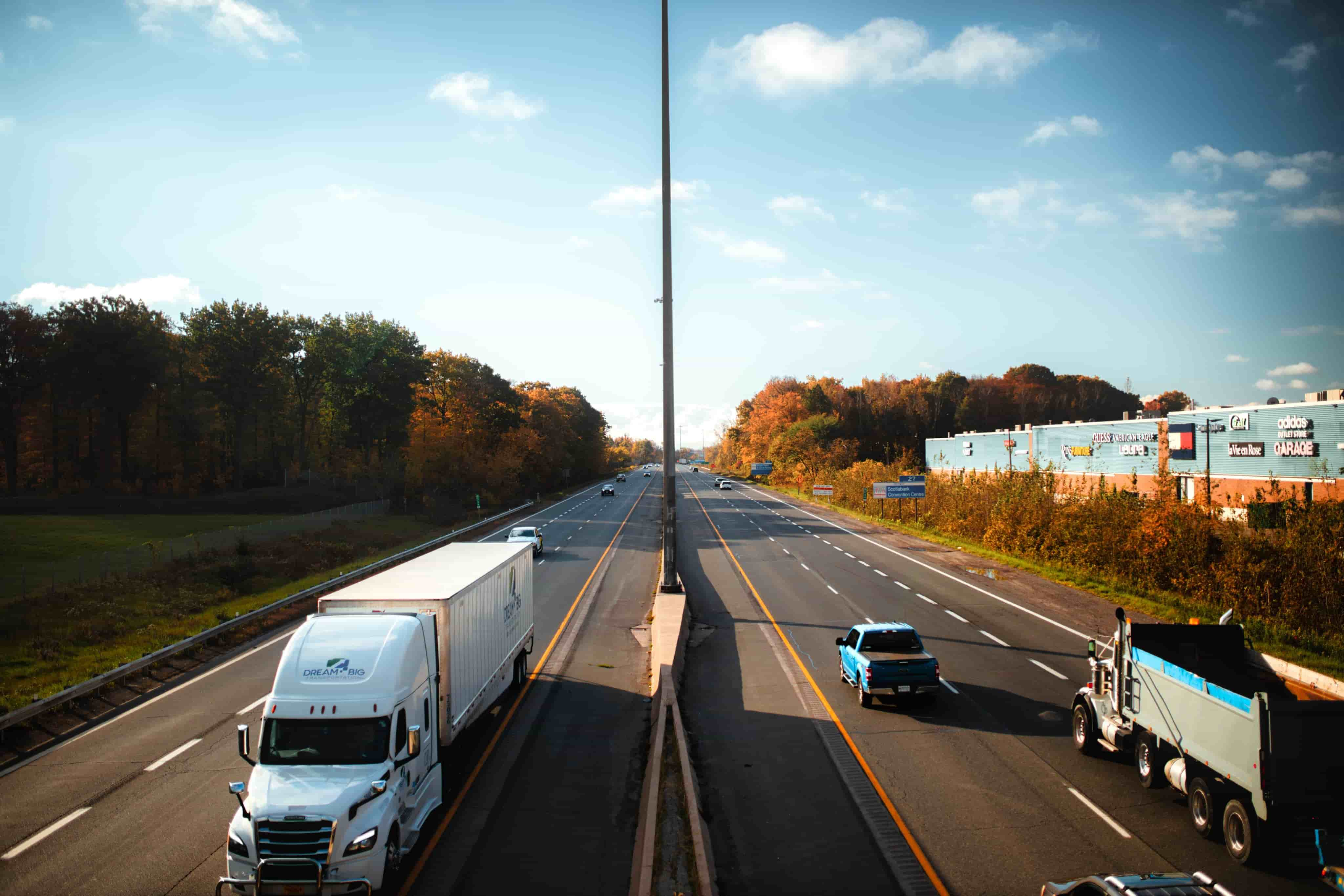
LTL Freight Carrier Vs. Parcel Service
LTL Freight Carrier Vs. Parcel Service. Are you a business shipper who ships cargo in large quantities or cargo that is heavier than 150lbs. when fully packaged? Did you know that there are limitations on what parcel carriers can ship? While parcel shipping may work as part of your small business shipping strategy, you will likely need to include less-than-truckload or LTL shipping into your strategy as well. Incorporating LTL shipping into your strategy allows your shipping process to be more efficient and cost-effective. It’s important to understand the main differences between parcel and freight in order to make the best shipping choice for your business. We can help you make the best choice for every shipment. Here we are counting down 6 ways that show LTL freight carrier vs. parcel service.
6. Size Requirements
Let’s start with the most obvious difference between parcel and freight shipping, and that’s the size limitations and requirements. Some cargo might be too large or heavy to be transported by a parcel carrier, in which case you’ll need an LTL freight carrier. But how do you know what’s too big for a parcel carrier? As a rule of thumb, you’ll need to ship freight instead of parcel if:
- Your packaged cargo weighs more than 150lbs. but less than 10,000lbs.
- You’re shipping between 1-6 palletized or crated freight cargo.
- Your cargo is oversized or too large for a parcel carrier.
5. Freight Class
When you ship a parcel, you know that the lighter it is, the less it will cost to ship. However, LTL freight shipping is very different with how it uses shipment details to factor into rates. In LTL shipping, the denser the better. Why?
An LTL freight carrier has a limited amount of space on their truck. Cargo with a higher density (pounds per cubic foot) will cost less to ship than a lower density shipment. That’s because the higher density cargo takes up less trailer space. Think about it like this: 500 pounds of bricks and 500 pounds of ping pong balls weigh the same, but the packaged shipment of bricks doesn’t take up as much space as the packaged shipment of ping pong balls.
Another important factor in LTL shipping is freight class. Freight class plays a huge role in how LTL rates are calculated. But what is it? Freight class is a standardized classification system for LTL freight. It accounts for a number of factors such as storability, value, ease of handling, and density to get an NMFC code. Freight class is implemented to ensure balanced, unbiased pricing for shippers, and so LTL freight carriers can fulfill capacity more efficiently.
4. Pickup/Delivery Services
Parcel deliveries are dropped at your door, whether the location is a residence or business. However, LTL freight carriers are often dealing with much larger, heavier and complicated pieces of cargo. Curbside pickup and delivery services are the standard freight pickup/delivery services for LTL carriers. That means that an LTL carrier isn’t going to drop your shipment off at the door unless you have requested that additional service during the freight quote process.
Anything outside of curbside pickup and delivery, such as inside delivery or liftgate is an additional service and fee. Did you know that if your business is operated out of your home you have to request a limited access location or residential shipping service accessorial during the quote process? This is because freight trucks aren’t built to easily maneuver through these kinds of locations. These are common shipping accessorials many shippers don’t think to request when filling out an LTL quote or Bill of Lading because they assume it’s standard practice. If you’re not sure what accessorials you might need, be sure to talk to your third-party logistics provider (3PL) for help.
3. Packaging
With very few exceptions, LTL freight shipments are packaged and secured in crates or on pallets. With LTL shipping, your cargo will share the truck with freight belonging to other shippers. Every shipment must be packaged to optimize protection, not only for your shipment but also for shipments surrounding it in the truck. Since most shipments will exceed 150 pounds and will be carried on at least three trucks before being delivered. Shifting of poorly packaged cargo can cause considerable concealed damage.
You can get a comprehensive look at the world of freight packaging along with some expert tips and tricks by visiting our Freight Packaging Guide.
2. Authorized Signature
Your LTL freight carrier will not just drop off your shipment for you, as if it were a USPS, UPS or FedEx parcel. An authorized person must be there at pickup to provide the driver with the Bill of Lading, and someone at the receiving end must check the shipment for damage and sign the Proof of Delivery (POD). Make sure the person receiving the shipment thoroughly checks for visible damage, such as tears in the shrink wrap or dents in the packaging. Have them take photos and describe any visible damage on the POD before they sign it. This will help should you need to file a claim with the carrier later.
If there isn’t a representative at pickup or delivery, then it will likely result in the shipment being delayed. It’s highly important to make sure someone is there for both pickup and delivery because a delayed shipment is a headache nobody needs.
1. Finding Capacity
Capacity? What is that? LTL freight carriers need to fill their trucks, and you need to ship your cargo. However, many shippers are not as familiar with LTL freight shipping than they are with parcel and finding the capacity to move your LTL freight cargo can seem daunting and confusing. This is especially true when there’s so many differences between LTL freight and parcel shipping. Third-party logistics companies (3PLs) specialize in connecting freight shippers with carriers who can transport their specific shipment and at discounted rates.
FreightCenter serves as the preferred 3PL for small businesses everywhere. If you’re looking to include LTL freight shipping into your supply chain strategy, partner with FreightCenter today and experience the easy way to ship.
Whether you’re new to LTL shipping or an LTL shipping pro, FreightCenter has the shipping solutions you need. Hopefully you are now adequately acclimated with How an LTL freight carrier is not like a parcel service. Get started today by getting a free online quote or call 800.716.7608.
Awards and Endorsements
- 2021, 2017 & 2016 Food Logistics’ Top Green Providers
- 2021 & 2018 Supply & Demand Chain Executives’ Pros to Know: Matthew Brosious
- 2020 & 2019 Top Food Logistics’ 3PL & Cold Storage Provider Award
- 2020 & 2019 Business Observer’s Top 500 Companies on the Gulf Coast
- 2020 & 2019 Business Observer’s Top 500 Companies on the Gulf Coast
- 2020 & 2017 Food Logistics’ Champions: Rock Stars of the Supply Chain
- 2020 Best of Palm Harbor Awards for Local Businesses
- 2017 Green Supply Chain Award from Supply & Demand Chain Executive
- 2017 Tampa Bay Business Journal Heroes at Work
- 2016, 2015, & 2012 Food Logistics Top 100 Software and Technology Providers
- 2013 Tampa Bay Business 100 by Tampa Bay Business Journal
- 2013 Top 100 Great Supply Chain Partners by SupplyChainBrain
- 2012 TIA Samaritan Award Honorable Mention
- 2012, 2011 & 2010 TBBJ Fast 50 Recipient

To create value for our customers by delivering customized shipping solutions that meet their unique needs and to fulfill shipping demands from simple to complex with expertise, guidance and ingenuity.
Rail shipping is a cost-effective and environmentally friendly transportation method that utilizes trains to move goods over long distances. It's known for its efficiency in handling large volumes of cargo, making it a sustainable and economical choice for businesses seeking reliable freight transport options.
Expedited shipping is a premium service designed to meet urgent delivery needs. It prioritizes speed and quick turnaround, ensuring that packages or goods reach their destination faster than standard shipping options. Expedited shipping is the go-to choice when time-sensitive deliveries are essential, providing businesses and individuals with reliable and prompt service for critical shipments.
White glove shipping is a premium service that goes beyond standard delivery, offering meticulous handling, specialized packaging, and in-home setup or installation for valuable or delicate items, ensuring a seamless and hassle-free experience for customers.
Less than truckload (LTL) shipping is a smart logistics solution for businesses with smaller shipments. It combines multiple smaller shipments into a single truckload, optimizing space and reducing costs. LTL shipping offers affordability and efficiency while ensuring timely delivery, making it an ideal choice for companies looking to save on transportation expenses without compromising on service quality.
We provide competitive freight shipping prices and an all-inclusive, easy-to-use shipping experience for our customers. Exceeding our customers’ expectations results in thousands of satisfied customer reviews and repeat business. We believe in the power of our customer relationships. Check out FreightCenter reviews from real customers, and learn what they have to say about their freight shipping experience!

